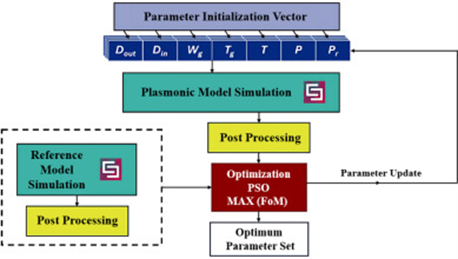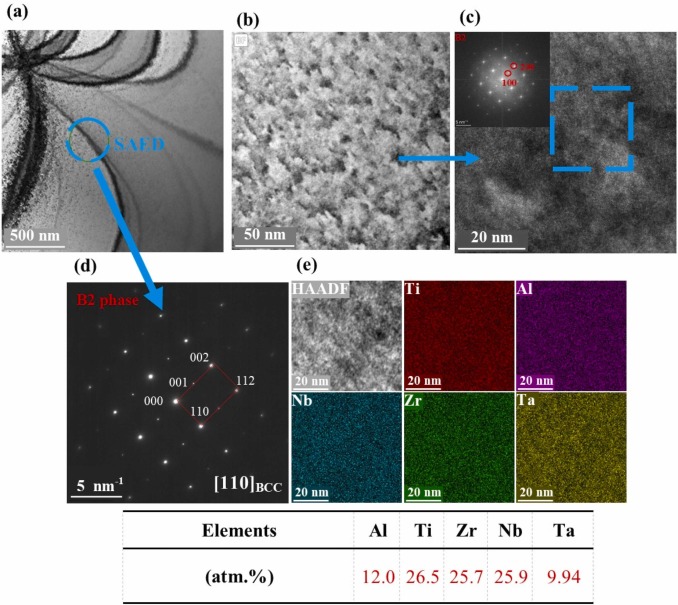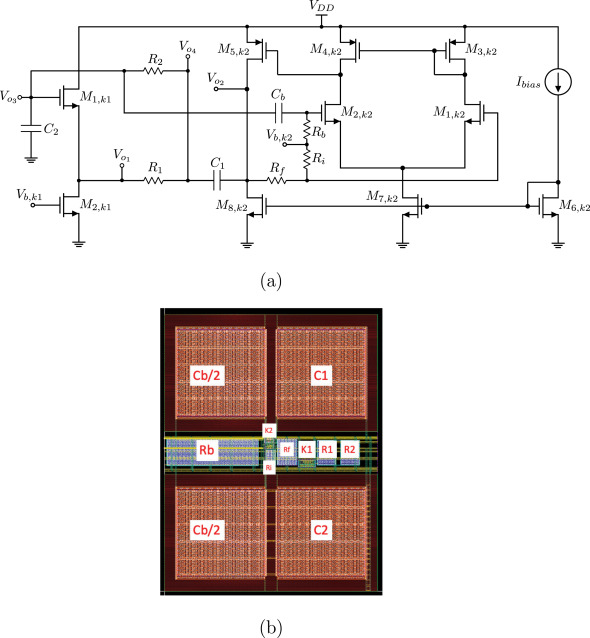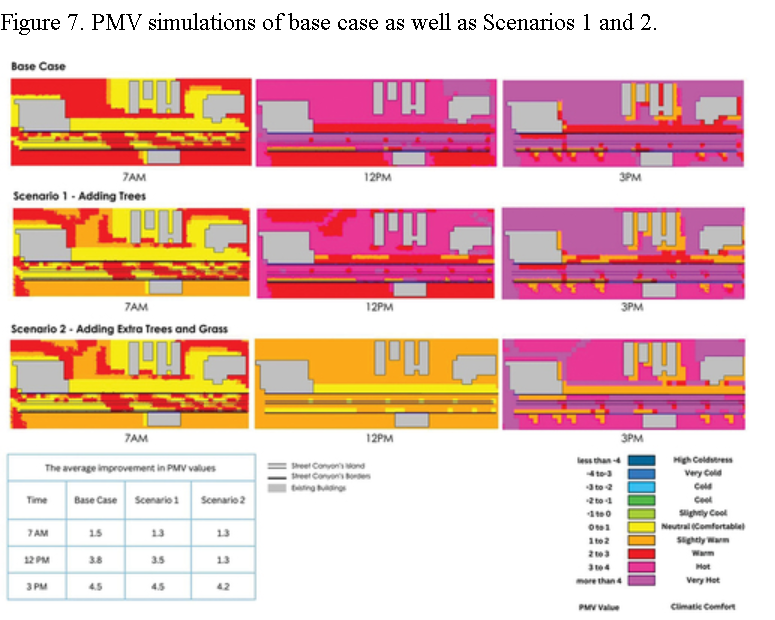
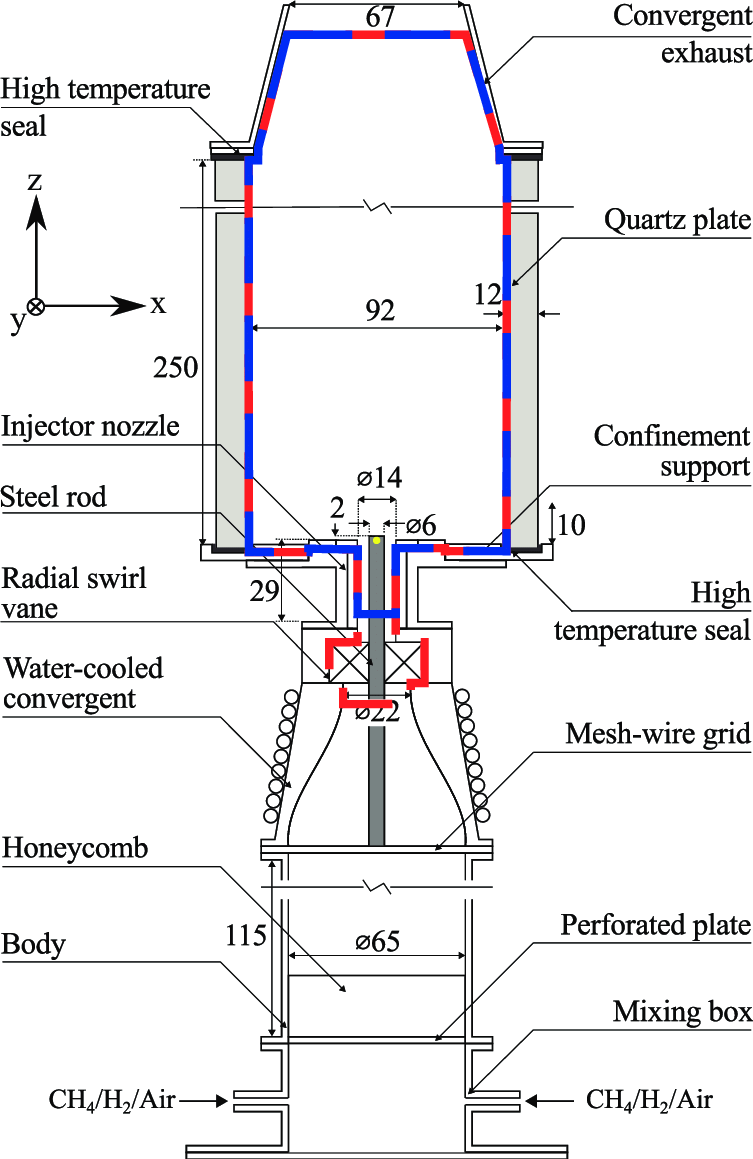
Effect of the wall thermal boundary condition on the structure of a confined swirling diffusion flame
The present study focuses on the effect of the wall heat loss on a confined swirling diffusion flame. The objective is to assess the effect of changing the wall thermal boundary condition (i.e., from isothermal to adiabatic) on the flow structure, the flame shape, and the mixing behavior. Reynolds-averaged Navier–Stokes equations are solved. The diffusion flamelet model is employed in the simulation. The comparison of the numerical and experimental axial wall heat flux distributions shows a good agreement. The inner recirculation zone (IRZ) is shorter in the case of the adiabatic wall. It features higher negative axial velocities. The radial gradient of the axial velocity is higher which could enhance mixing and flame stability. The outer recirculation zone (ORZ) size does not change with the wall thermal boundary condition. Generally, the exit flow from the furnace decelerates due to the formation of the IRZ. This effect is more pronounced when the IRZ is longer, as the case when there is a wall heat loss. The flame is longer in the adiabatic wall case. However, its position relative to the burner exit does not change compared to the isothermal wall. In both cases, the flame is stabilized on the boundary of the IRZ. The mixing behavior is similar for the two wall thermal boundary conditions. However, the adiabatic wall case features a more fuel-rich mixture in the flame stabilization region, mainly due to the different velocity fields. Pockets of very fuel-rich mixtures are formed in the ORZ. © 2019, The Brazilian Society of Mechanical Sciences and Engineering.
